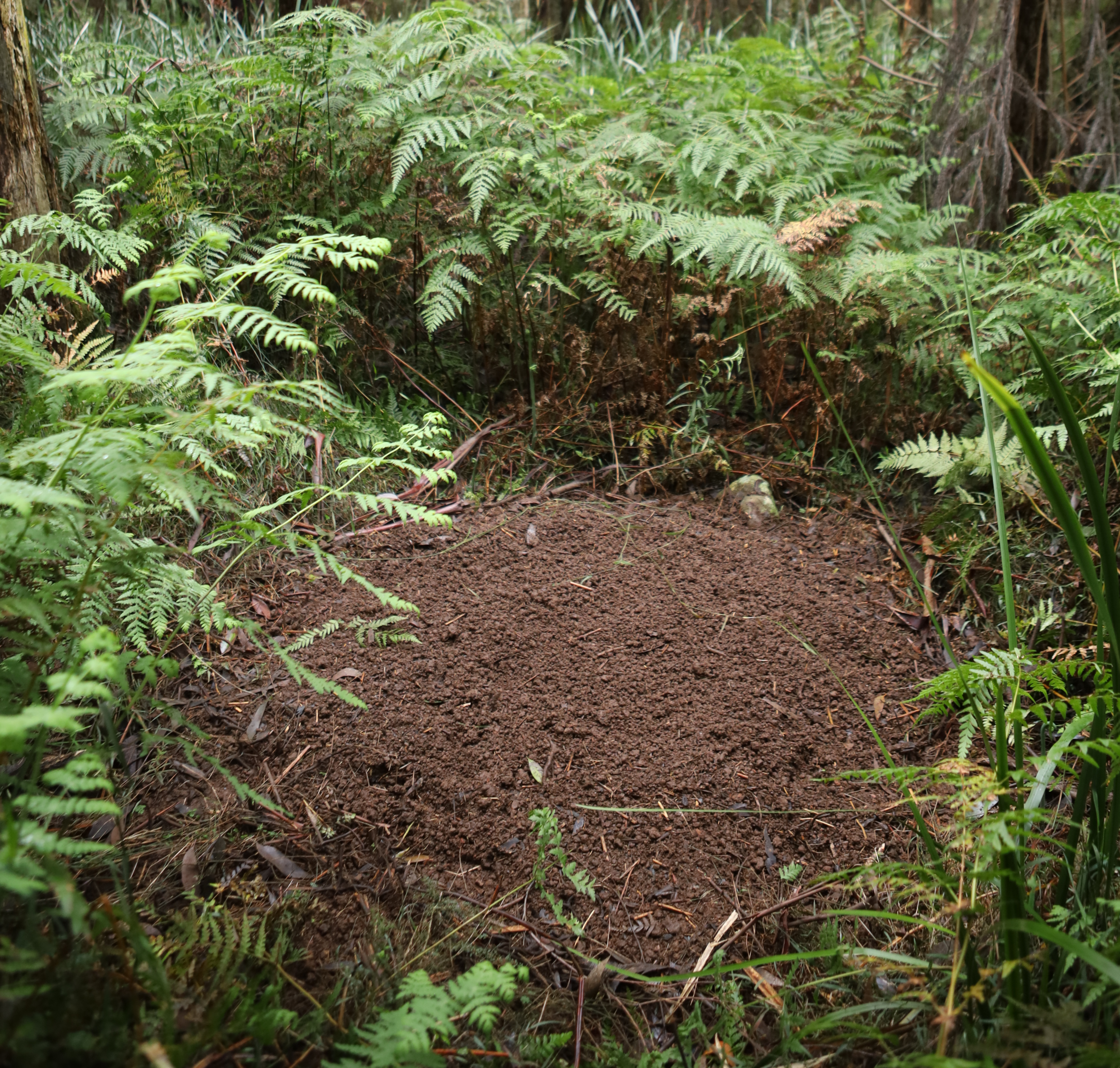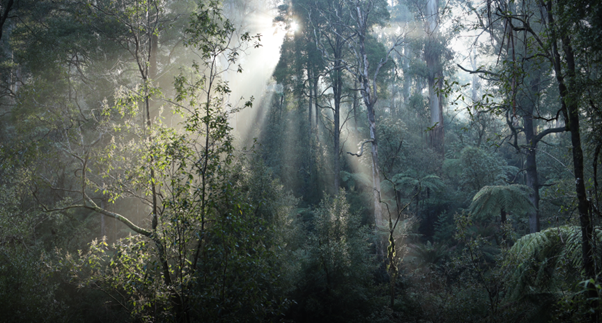The superb lyrebird (Menura novaehollandiae) of south-eastern Australia has been found to farm its habitat, changing the environment in ways that increase its food supply. Although examples of similar behavior from non-human animals have been found before, known examples are from invertebrates, or in very restricted locations. Lyrebirds instead farm an ecosystem that once covered much of the continent, and is still quite widespread today.
ADVERTISEMENT
The human invention of agriculture changed the planet as few things have before, but we have since discovered we were not the first. Attine ants and beetles farm fungi, for example. Some vertebrates change their ecosystems to their benefit, most famously beavers, but examples we would consider farming – specifically enhancing their major food sources – are rare. The one case a team led by Dr Alex Maisey is aware of, flamingoes that promote the growth of biofilms, is restricted to a limited environment of mudflats.
However, Maisey and colleagues have found the superb lyrebirds enhance their food supply over large areas of Australia through their foraging for those same prey.
Lyrebirds feed on large invertebrates such as worms and amphipoda crustaceans that live in the soil and leaf litter on the floor of south-east Australia’s forests, particularly moist eucalypt forests. Lyrebirds are so loved for their mimicry calls and very silly tail feathers shaped like the ancient musical instrument after which they are named, that Australians put them on their 10 cent piece. Their contribution to forest health was less well known.
Maisey and co-authors tested the lyrebird’s effects by comparing areas where lyrebirds foraged with equivalent places where they were excluded by fences. One set of lyrebird-free forest enclosures were left as controls, with most other forest dwellers given access. Patches of another set of enclosures were deeply raked by humans to simulate the mixing of soil and litter lyrebirds achieve as they forage for food, but the major predator was absent.

One doesn’t have to get too fancy to protect a plot from lyrebirds, fortunately for the research budget.
Image courtesy: Alex Maisey
The raked plots were far richer in potential lyrebird prey than those left untouched. “Lyrebirds set up the perfect home for their prey, creating conditions with more food resources and effectively fattening them up before eating them,” Maisey said in a statement.
ADVERTISEMENT
The authors found quite similar invertebrate quantity in the unraked controls as where lyrebirds foraged; where raking took place, the abundance was much higher. “Everything they remove is compensated for by what they encourage,” Maisey told IFLScience. ‘It’s a sustainable cycle.”
Many other species feed by turning over leaf litter in forest environments, including chickens before we domesticated them. North of the superb lyrebird’s range, Maisey told IFLScience, brush turkeys and the related northern lyrebird are litter feeders. Crucially however, he noted these are all “much shallower feeders.” Superb lyrebirds on the other hand, dig deeper into the soil and mix its minerals with the leaf litter. The result is a diverse environment compared to the sameness of the unraked control areas. Invertebrates thrive on the mix of nutrient-rich areas and the faster decay of leaves that have been buried under soil in the overturning process.

When lyrebirds overturn some of the forest floor they do it thoroughly, as this mound shows.
Image courtesy: Alex Maisey
Maisey told IFLScience he was less familiar with international bird species, but those he knows about also favor a shallow approach, and a literature search found no reference to birds as farmers rather than farmed.
Because it’s almost compulsory in all popular science articles about lyrebirds, check out this video of David Attenborough demonstrating male lyrebirds’ more famous feature. (Also see this spectacular parody and Aardman’s tribute.)
ADVERTISEMENT
Previous research has shown lyrebird activity reduces fire activity in Australian forests by stimulating faster break-down of flammable material, although Maisey told IFLScience this doesn’t help under extreme fire conditions such as are happening increasingly frequently.
When fire does rage through the forests, some lyrebirds are killed but others escape. However, the changes fire brings to the ecosystem make the environment unsuited to them for many years afterwards. Maisey told IFLScience lyrebirds are not endangered, but shortening gaps between fires may be causing a decline.

Besides the ecological importance, the beauty of these lyrebird-boosted forests argues for their value.
Image Courtesy: Alex Maisey
The study did not explore the lyrebirds’ contribution to carbon storage, but it could be substantial. Each lyrebird turns over around 150 tonnes (165 tons) a year of leaves and soil, and they occupy some 17 million hectares (66,000 square miles) of Australian forests.
ADVERTISEMENT
The study is open access in the Journal of Animal Ecology.
Source Link: Nature’s Greatest Mimics, Lyrebirds, May Also Be Its Best Non-Human Farmers